Best Time for Cork Flooring Installation
Choosing the optimal time for cork flooring installations can influence the quality and longevity of the flooring. Factors such as climate, humidity, and seasonal temperature fluctuations play a significant role in ensuring proper adhesion and expansion. Typically, installation during periods of stable indoor conditions yields the best results.
Late spring and early fall are considered ideal times for cork flooring installation due to moderate weather conditions and stable humidity levels.
Avoid installation during extreme heat or cold, as temperature fluctuations can affect adhesive curing and material expansion.
Ensuring consistent indoor humidity and temperature prior to installation minimizes the risk of future gaps or warping.
Scheduling installation during periods of low activity helps ensure a smooth process and optimal curing time.
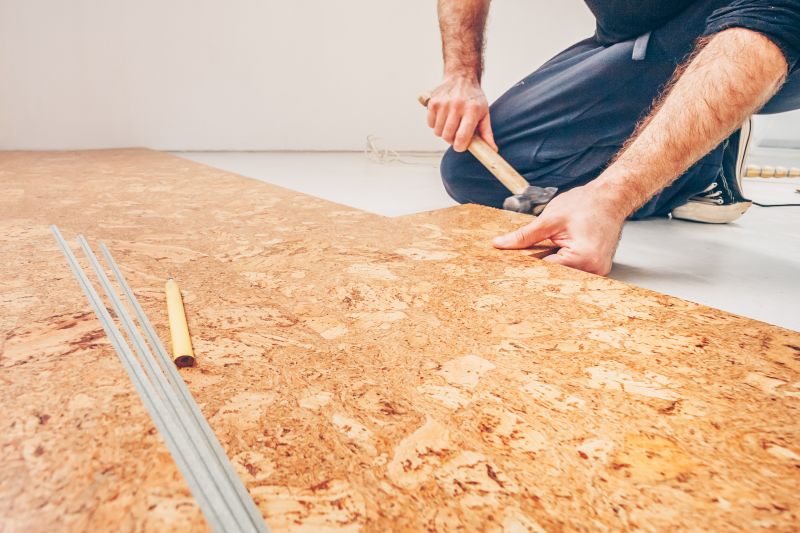
Ways to make Cork Flooring Installations work in tight or awkward layouts.
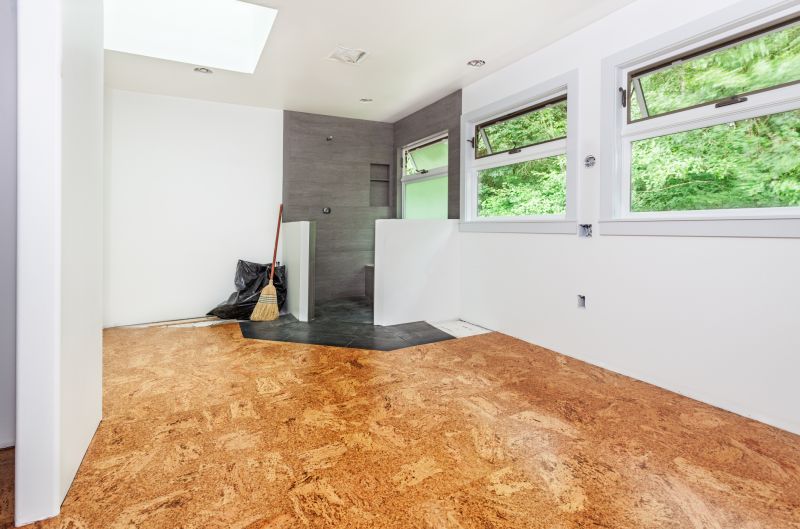
Popular materials for Cork Flooring Installations and why they hold up over time.
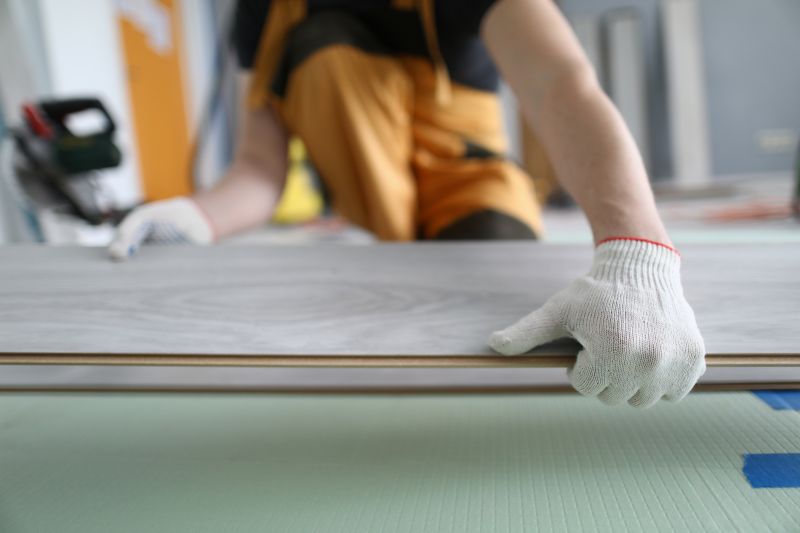
Simple add-ons that improve Cork Flooring Installations without blowing the budget.

High-end options that actually feel worth it for Cork Flooring Installations.
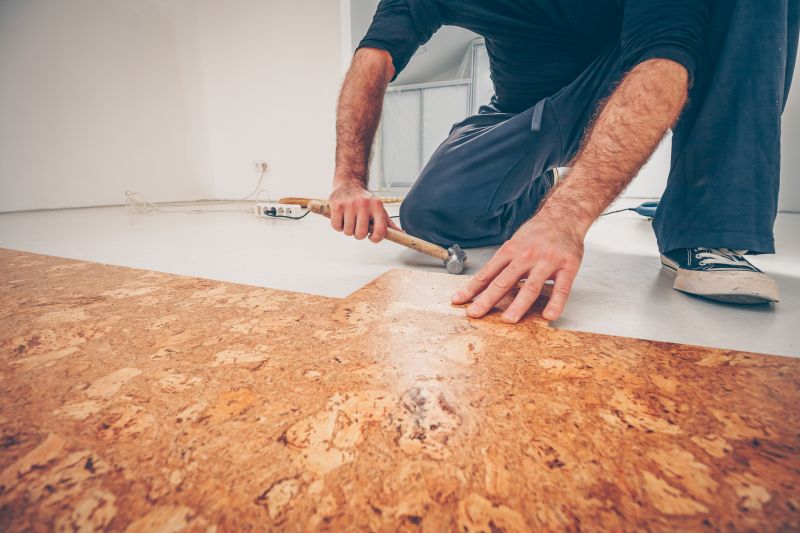
Finishes and colors that play nicely with Cork Flooring Installations.
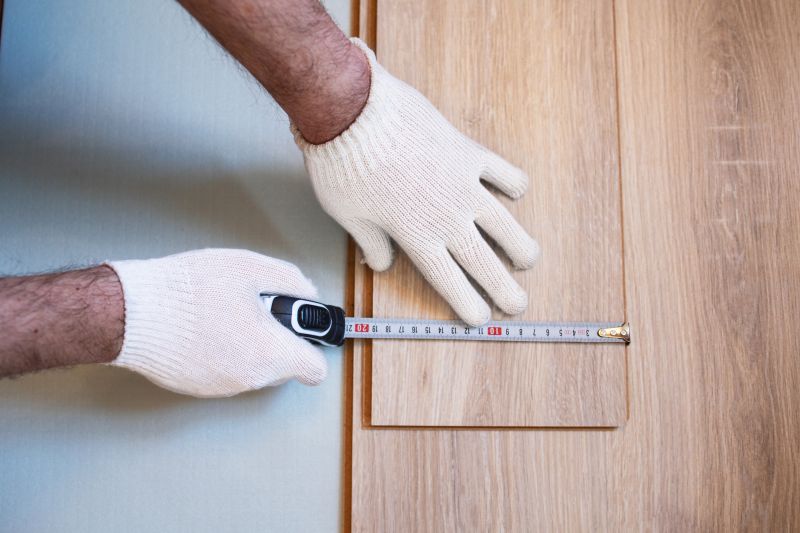
Little measurements that prevent headaches on Cork Flooring Installations day.
Cork flooring is valued for its durability, comfort, and natural acoustic properties. It is harvested from the bark of cork oak trees, which can be stripped without harming the tree, allowing for sustainable production. Cork flooring is resistant to mold, mildew, and pests, making it suitable for various indoor environments. Proper installation is essential to maximize its lifespan and performance, with ideal conditions being crucial during the initial setup.
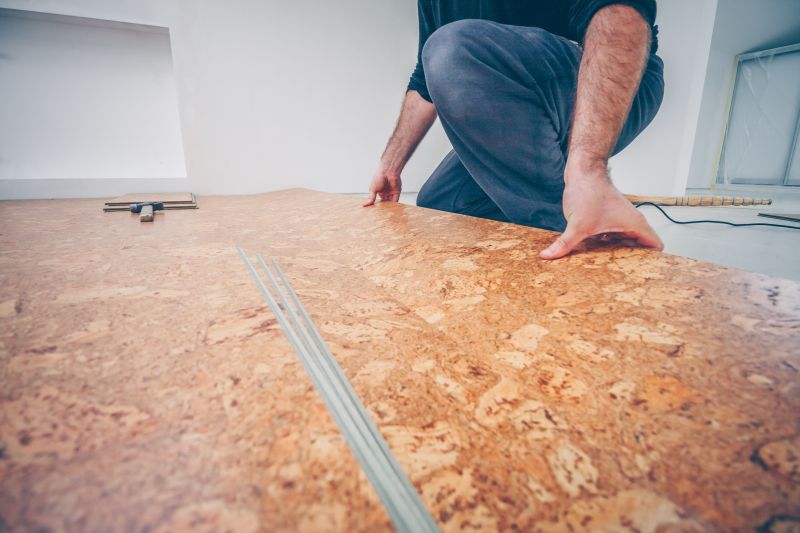
A 60-second routine that keeps Cork Flooring Installations looking new.

A frequent mistake in Cork Flooring Installations and how to dodge it.
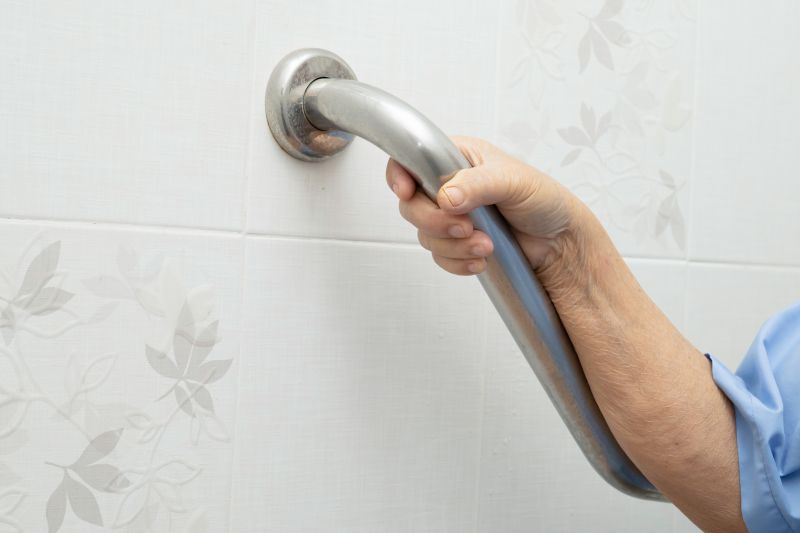
Small tweaks to make Cork Flooring Installations safer and easier to use.
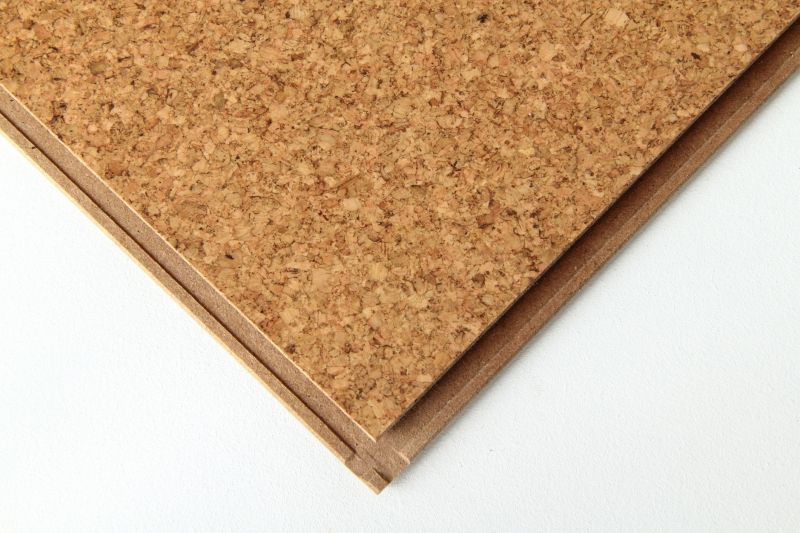
Lower-waste or water-saving choices for Cork Flooring Installations.
| Season | Ideal Conditions |
|---|---|
| Spring | Moderate temperatures and humidity, ideal for installation. |
| Summer | High temperatures may cause expansion; caution needed. |
| Fall | Stable weather and humidity make it suitable. |
| Winter | Cold and dry conditions can hinder adhesive curing. |
| Late Summer | Potential for high heat and humidity fluctuations. |
Scheduling cork flooring installations during periods of stable weather and indoor climate control can reduce issues related to expansion, contraction, and adhesive bonding. Proper preparation, including acclimating the cork planks and maintaining consistent indoor conditions, contributes to a successful installation. It is recommended to avoid periods of high humidity or extreme temperatures to ensure optimal results.
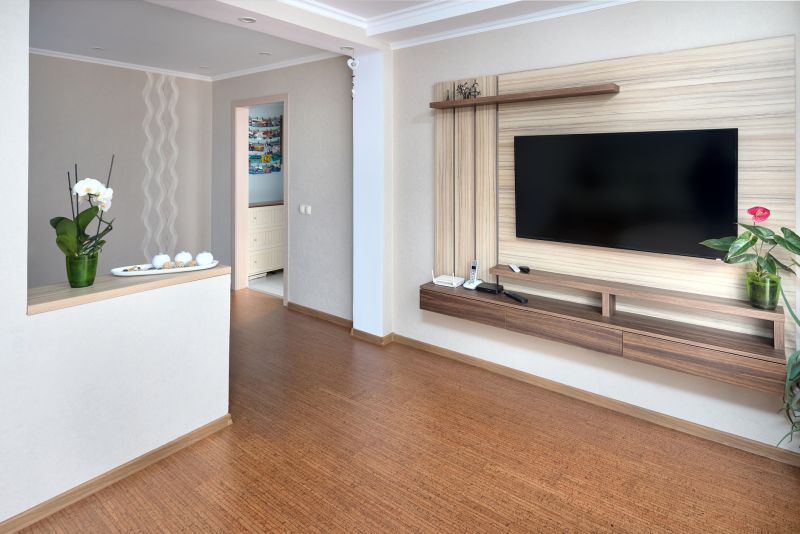
The short, realistic tool list for quality Cork Flooring Installations.

Rough timing from prep to clean-up for Cork Flooring Installations.
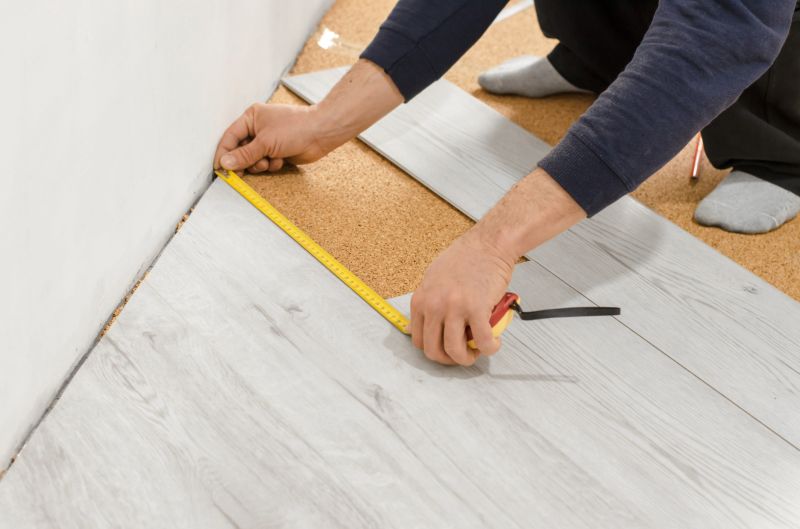
Quick checks and paperwork to keep after Cork Flooring Installations.

Examples that show the impact a good Cork Flooring Installations can make.
Interested in cork flooring installation? Filling out the contact form can provide additional guidance and scheduling options to ensure a smooth and successful project. Proper timing and preparation are key to achieving the best results with cork flooring.
